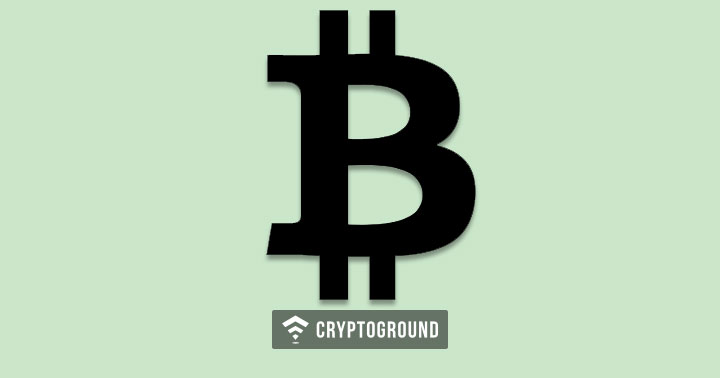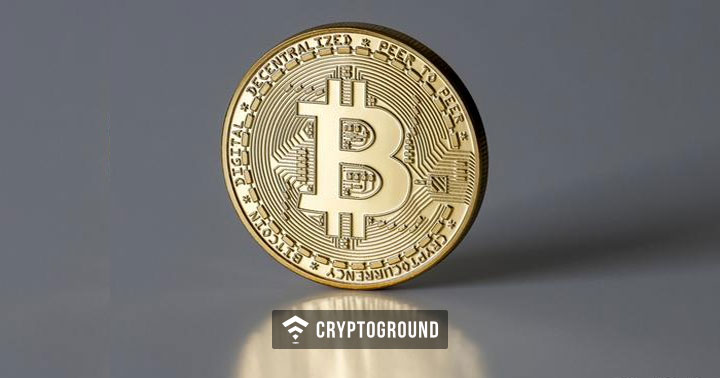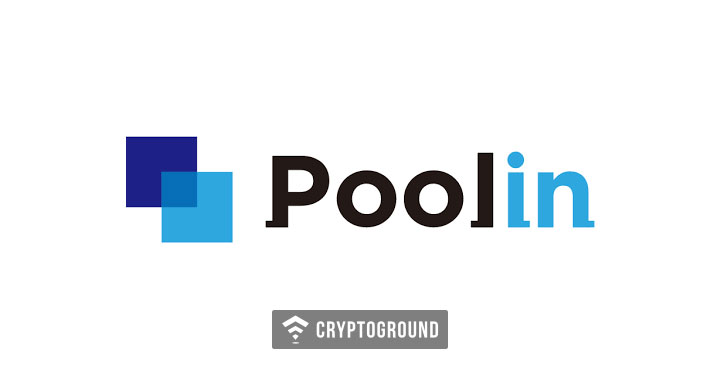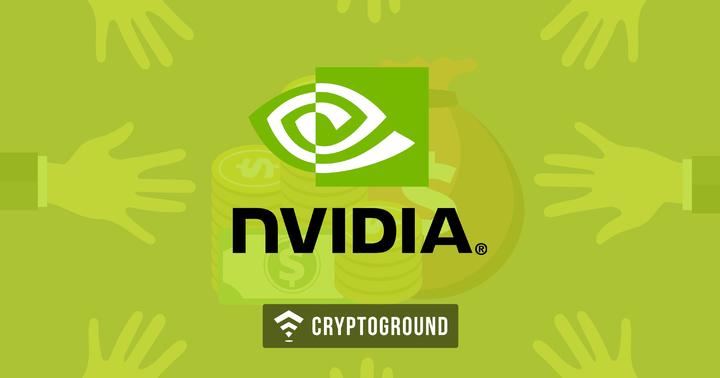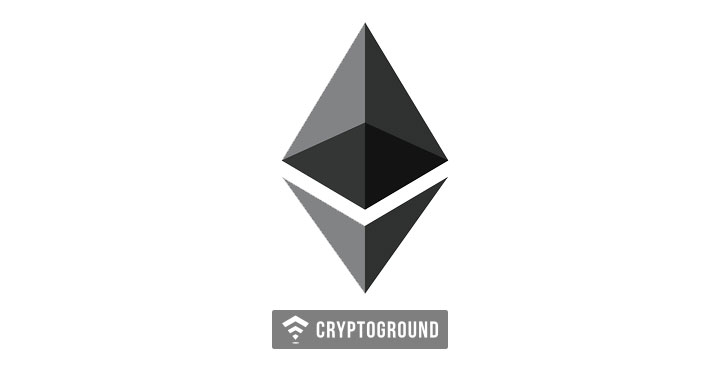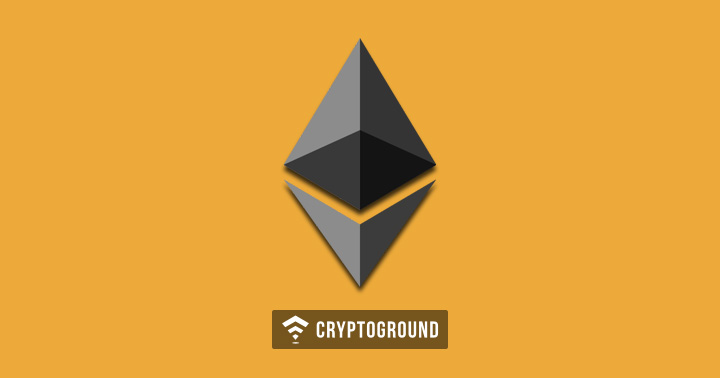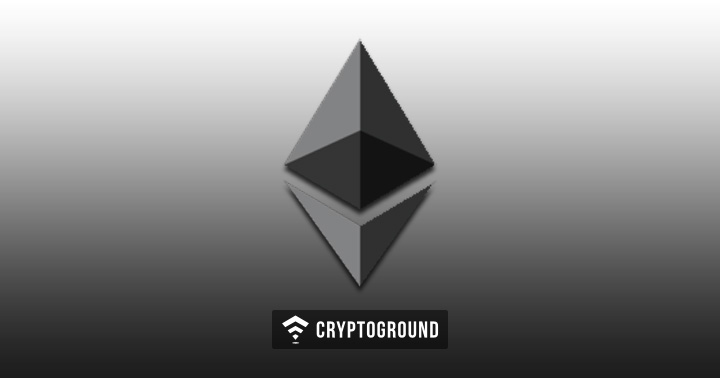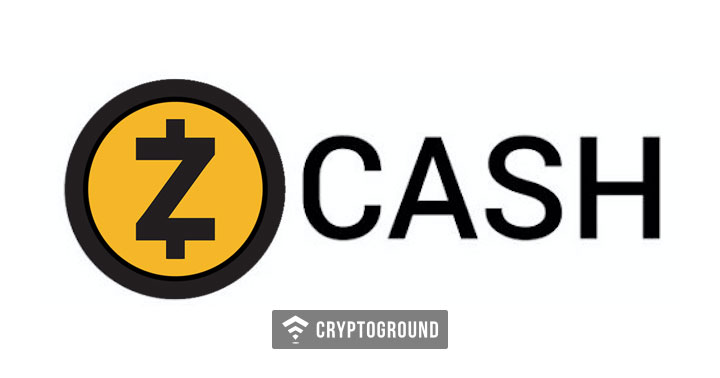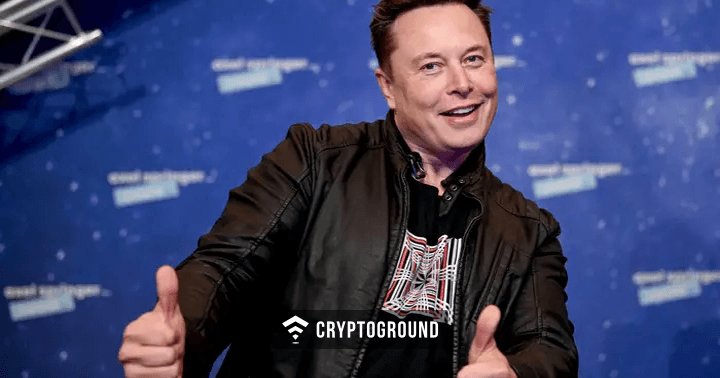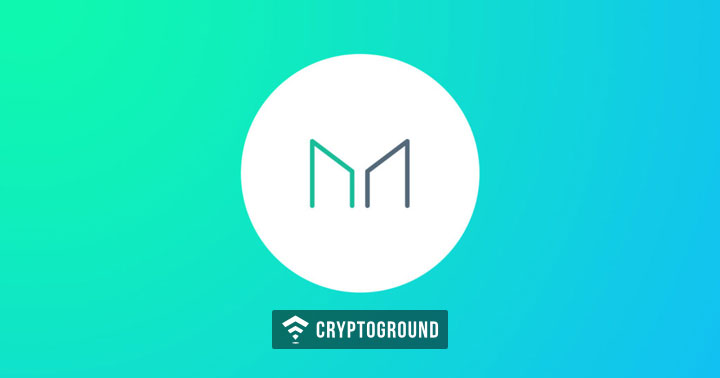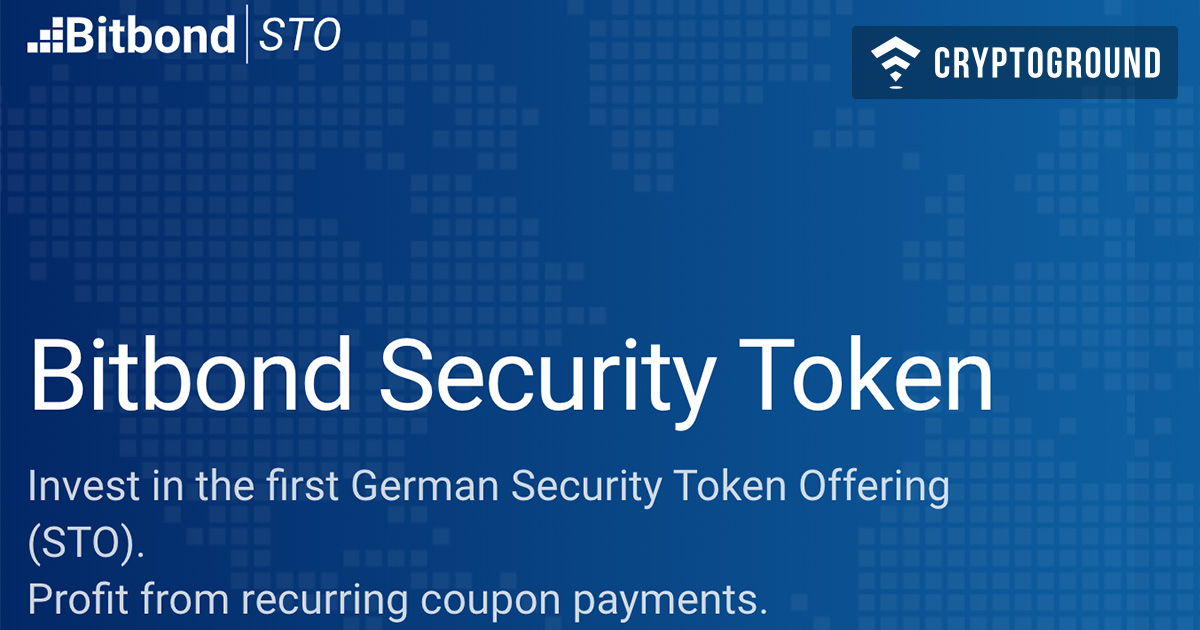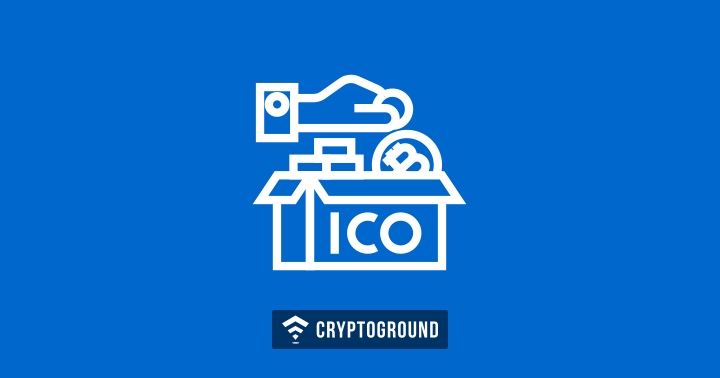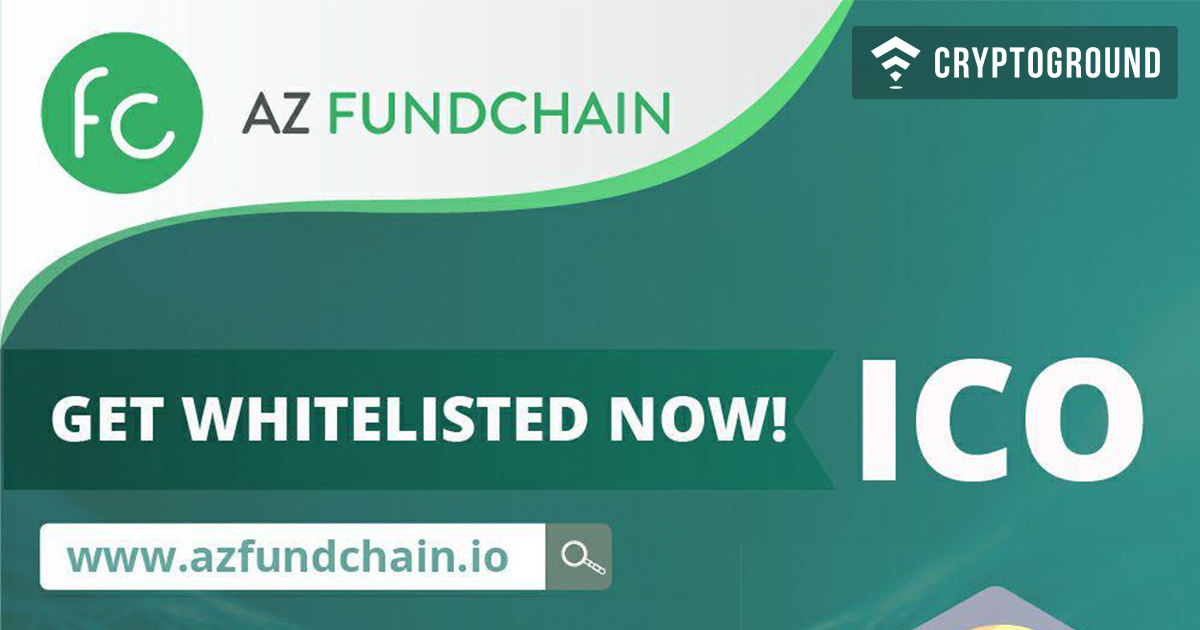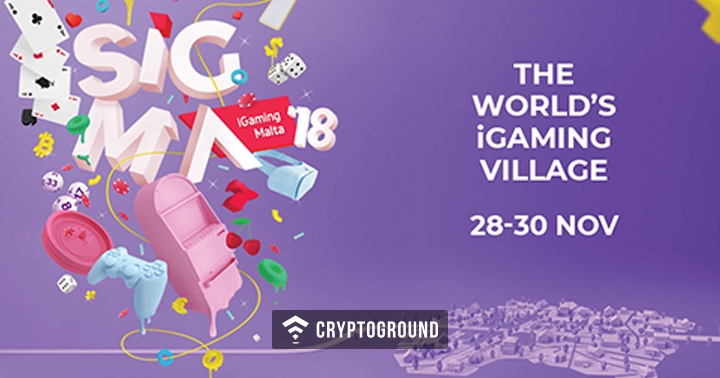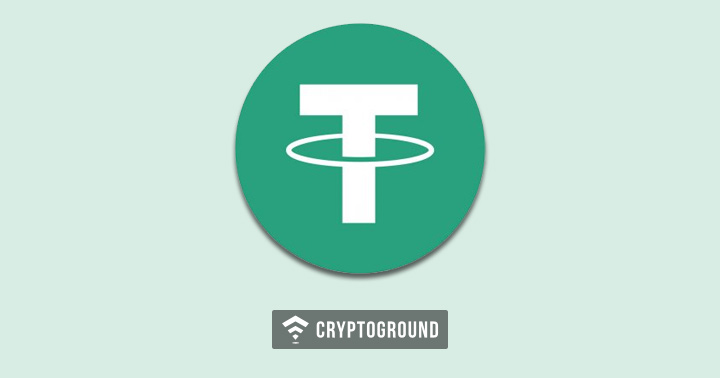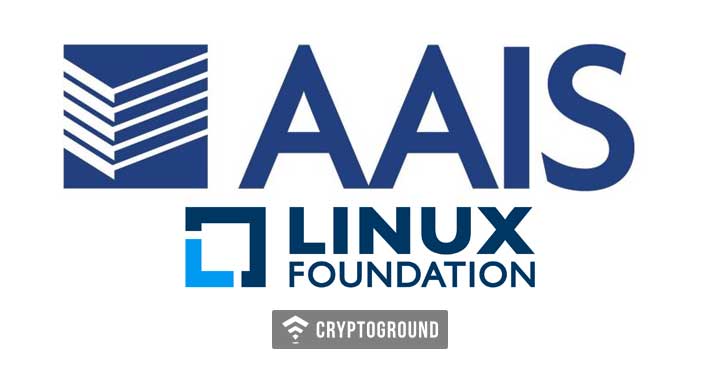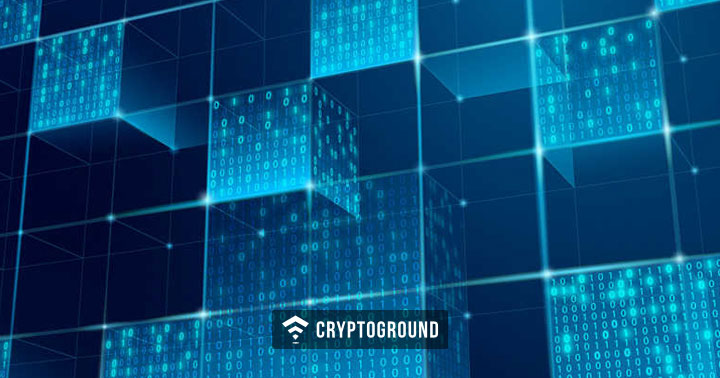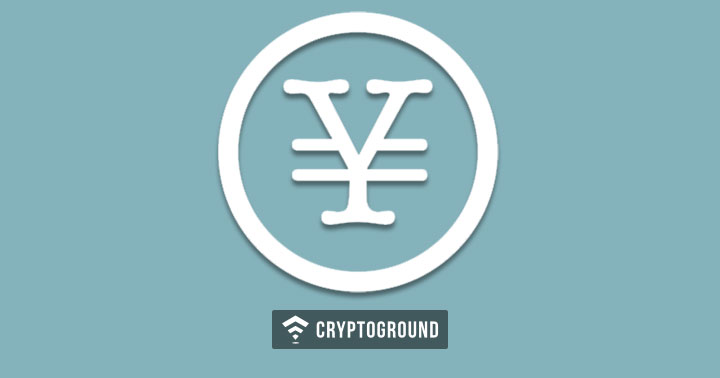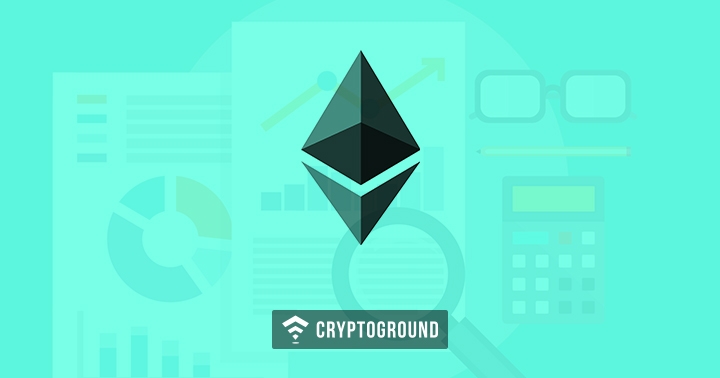The Enterprise Ethereum Alliance (EEA) has released a blockchain-neutral Token Taxonomy Initiative by collaborating with leading firms, as per the press release from EEA on April 17. The new project is started to assist businesses design and form specific crypto tokens as per their requirement.
The latest move wants to define tokens in non-technical and cross-industry terms in a bid to improve enterprise token adoption at scale. The EEA portrays itself as "a member-driven standards organization whose charter is to develop open, blockchain specifications that drive harmonization and interoperability."
As said before, EEA is mainly the host of "Token Taxonomy Initiative" a fully Catholic and technology neutral project which crosses Ethereum, Hyperledger, R3’s Corda and Digital Asset’s DAML.
Various other members who have joined the initiative include global consulting firm Accenture, leading banks Santander and JPMorgan Chase, blockchain incubator ConsenSys, Digital Asset, EY, tech giants Intel, Microsoft, and IBM, R3, global think-tank The Blockchain Research Institute, etc.
The main goal of the new Token Taxonomy Initiative is to build a shared set of terms and definitions for tokens. It doesn't matter where they have been derived from and this is beneficial for businesses and developers.
Using standardization, EEA's director Ron Resnick says you can unlock the frictionless use of tokens "to serve as, or provide access to, a set of goods, financial assets, securities, services, value or content" within enterprise-grade blockchain applications.
He added, “We are doing this for the greater common good. Standardizing tokens across all networks could hold the key to one of the greatest economic opportunities in modern history.”
Marley Gray, the principal architect at Microsoft, who represented this idea, said that the inspiration for it obtained on two considerations.
Firstly, Gray said his team has collected a lot of questions from internal businesses at Microsoft, eager to know how software licenses can be tokenized and imported to smart contracts.
Secondly Gray said,
“The idea is to use a workshop with business people to describe a token completely that services their business requirements. That token itself is composed of reusable components so another group can use those same components to define a slightly different token without redefining all the things that initial group did – so it creates this framework.”
To this end, the project will work on to build technical standards which can counter fragmentation between multiple blockchain protocols and provide interoperability between platforms and use cases — whether the tokens serve currency-like purposes or represent unique assets.
The initiative will consist of a Token Taxonomy Framework and Educational Initiative that will run through structured Token Definition Workshops.

